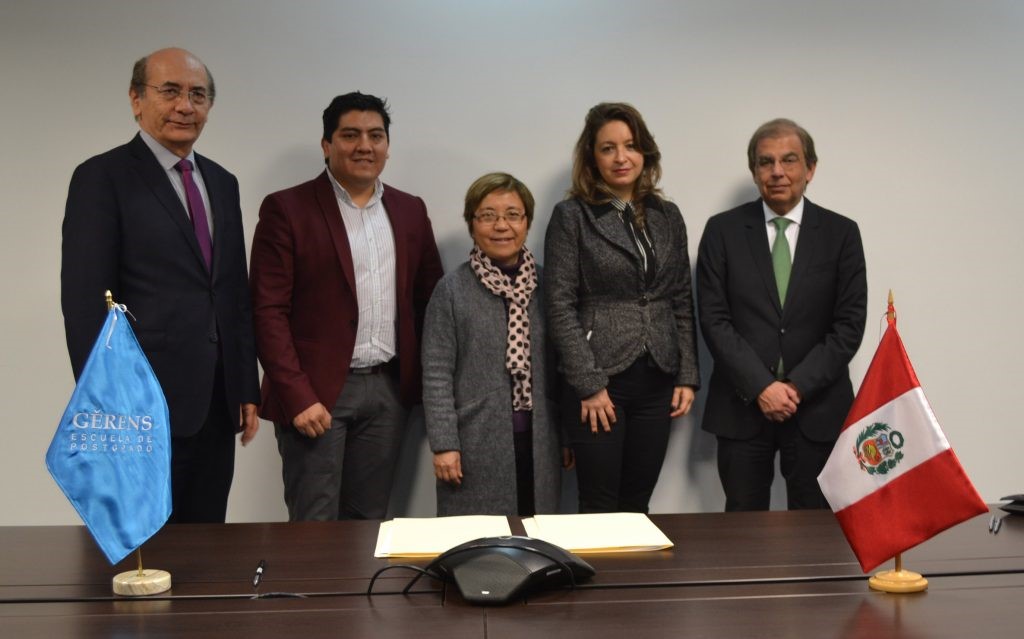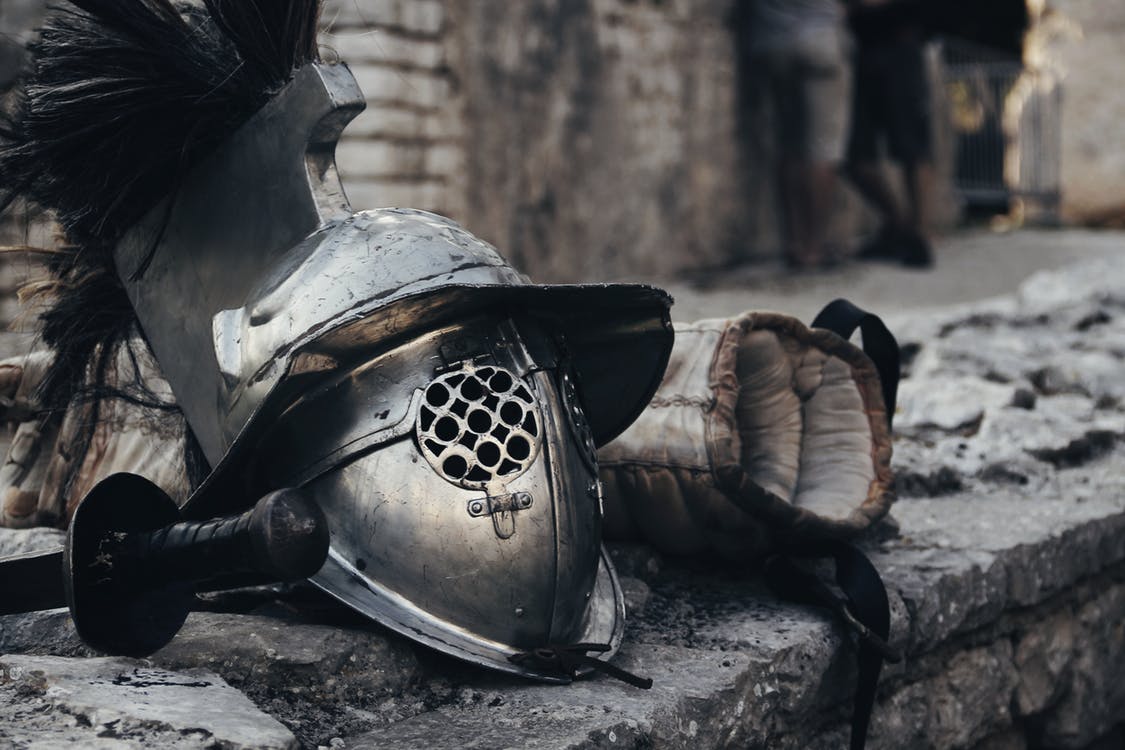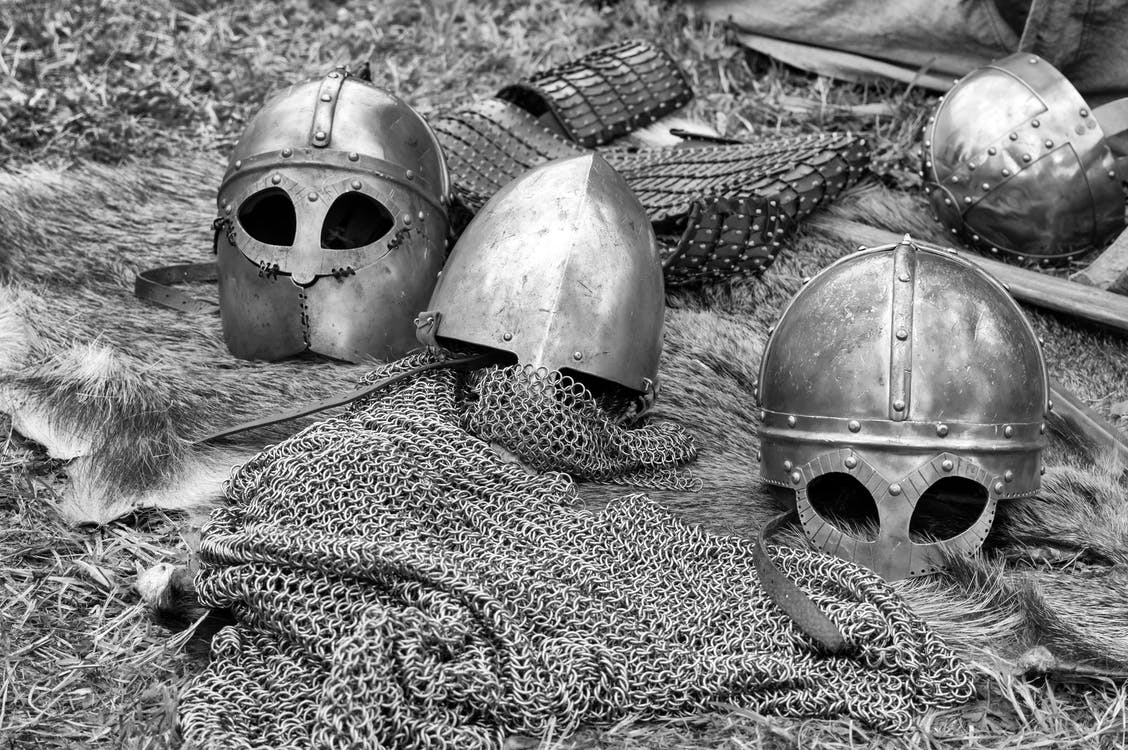SOLIDARIDAD and GĚRENS Post-Graduate School Join Forces to Boost Small-Scale and Artisanal Mining in Perú
August 16 2018 saw the signing of a mutual cooperation agreement between Solidaridad and GĚRENS Post-Graduate School, with the aim of creating awareness of artisanal and small-scale mining (or MAPE, its Spanish acronym), as well as collaborating by providing relevant information and connecting different groups of interest.
Present during the act were Solidaridad’s Country Manager Ada Lis Rossel; Solidaridad’s Gold Program’s Program Manager Franco Arista; GĚRENS Post-Graduate School principal, Dr. Armando Gallegos, and GĚRENS General Manager Dr. Rodrigo Prialé.
This alliance hopes to join both institution’s available resources in order to generate and spread knowledge about MAPE’s managing processes in other countries, as well as the celebration of activities, projects and collaborative investigations.
Solidaridad is part of Solidaridad’s Latin America’s Regional Center (Stichting Interkerkelijke Aktie voor Latijns Amerika), which boasts of a long history of research into making small-scale mining more efficient, resilient and responsible. It has a specialized program called “Gold Program” which researches sustainable development of the MAPEs, and whose aim is for small gold producers to become part of “sustainable commerce” through certification programs.
On the other hand, GĚRENS Post-Graduate School, in an effort to offer its innovative and relevant educational services for the country’s development, has identified the formalization and improvement of artisanal mining’s competitiveness as one of Peru’s greatest mining challenges, reason why it decided to join this alliance with Solidaridad.
Along that line, the Solidaridad-GĚRENS alliance will try to boost capacitation programs that will allow for the study of profitable and sustainable business models for the MAPEs so that both public and private sector professionals will have the best tools available to support the formalization of the MAPEs.



